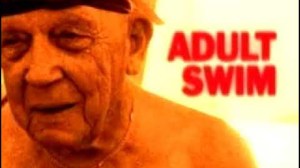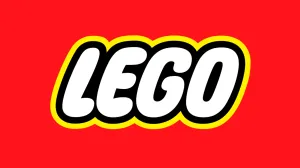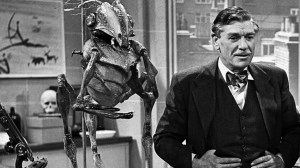Whether the piece of comic book cinema you’re watching hails from Marvel or DC, it largely follows The Hero’s Journey; the common narrative structure most characters experience over the course of a feature film. The Suicide Squad is a masterclass of one hero’s journey after the next, despite the movie being full of anti-heroes and full-blown supervillains. In fact, the James Gunn feature may even prove why flipping the script and putting traditional antagonists in the driver’s seat of a blockbuster is one of the best moves a storyteller can make.
Videos by ComicBook.com
Before we get too much further, let’s break down The Hero’s Journey popularized by the teachings of Joseph Campbell throughout the 20th Century. The structure is one we’ve seen in fiction throughout history: A protagonist, or the hero, fields a call to adventure and sets out on some sort of quest. Then come the challenges and temptations of whether or not the hero actually wants to complete their adventure, ultimately leading to personal development before the climax, changing the hero forever.
It’s such a basic and fundamental structure of storytelling, which makes for a richer experience when you turn those typically labeled as antagonists into the hero and set them on their journey.
Now, each character has their own respective path and journey, but most of us can agree villains are typically much rougher around the edges than the chiseled hero. They’ve oftentimes lived a harder life, or have “seen some shit” compared to the regular capes and cereal box poster boys. That’s why using characters like Peacemaker or Harley Quinn leads to a richer storytelling experience.
They don’t start on their journeys as heroes, and they may not even reach hero status throughout their respective stories. It’s different from the traditional tales we see ad nauseam, and it upsets the status quo. Even if we get nothing but The Suicide Squad sequels for the next two decades, it wouldn’t hold a candle to the amount of hero-led tales we’ve seen in the past and will continue to have shoved down our throats until the end of time.
Think of it as a horizontal line. Heroes often start at Point A to the furthest point to the left and by the end of that journey, they’re luck to reach Point B on the furthest right-hand side of the line. When you put villains in that role of a protagonist, however, they don’t even start at Point A — they start somewhere so far to the left of Point A, they’re far from becoming a hero. They’re not even on the line. It’s in this area that allows filmmakers and storytellers to pivot from traditional heroics and tell the stories they want to tell. It’s here there’s no keeping to norms and being pressured into the standard superhero fare.
Judging by what we’ve seen of The Suicide Squad so far, James Gunn has made the best of this unknown, churning out one of the most irreverent comic book films to ever hit the cinema.
The Suicide Squad debuts in theaters and on HBO Max beginning Thursday, August 5th.
Want to learn more about James Gunn’s explosive DC Comics movie? Check back on ComicBook CRAM every day leading up to the premiere of The Suicide Squad, and click here for even more articles and videos to find out everything you need to know about the new movie!
If you haven’t signed up for HBO Max yet, you can try it out here. Note: If you purchase one of the awesome, independently chosen products featured here, we may earn a small commission from the retailer. Thank you for your support.








